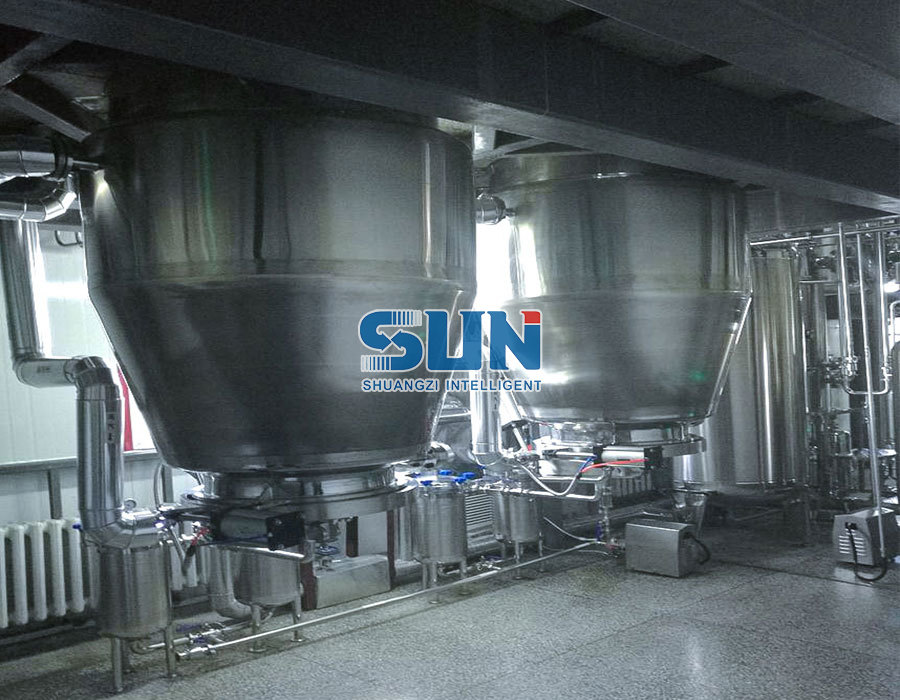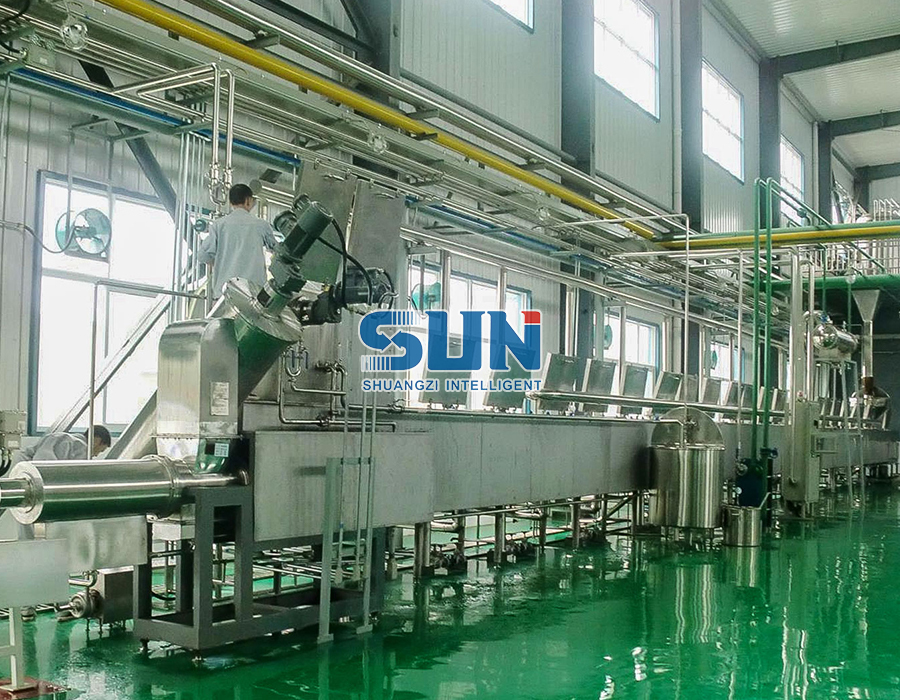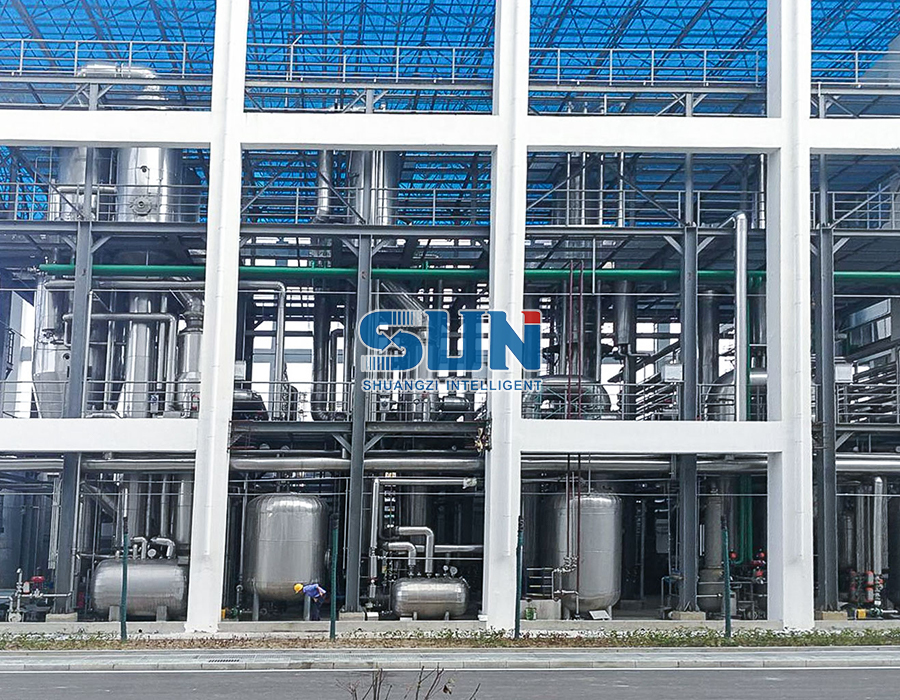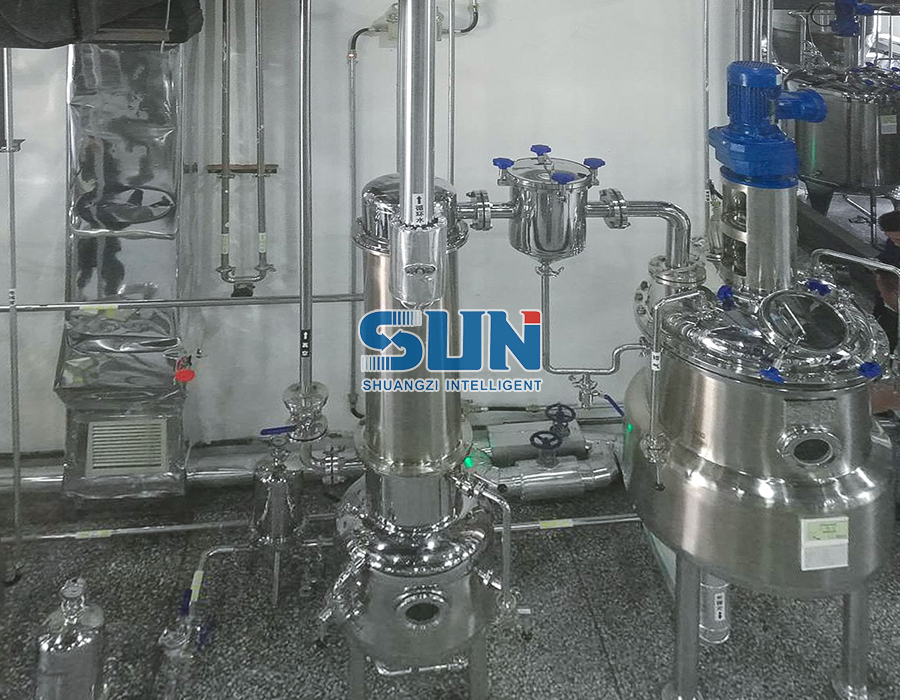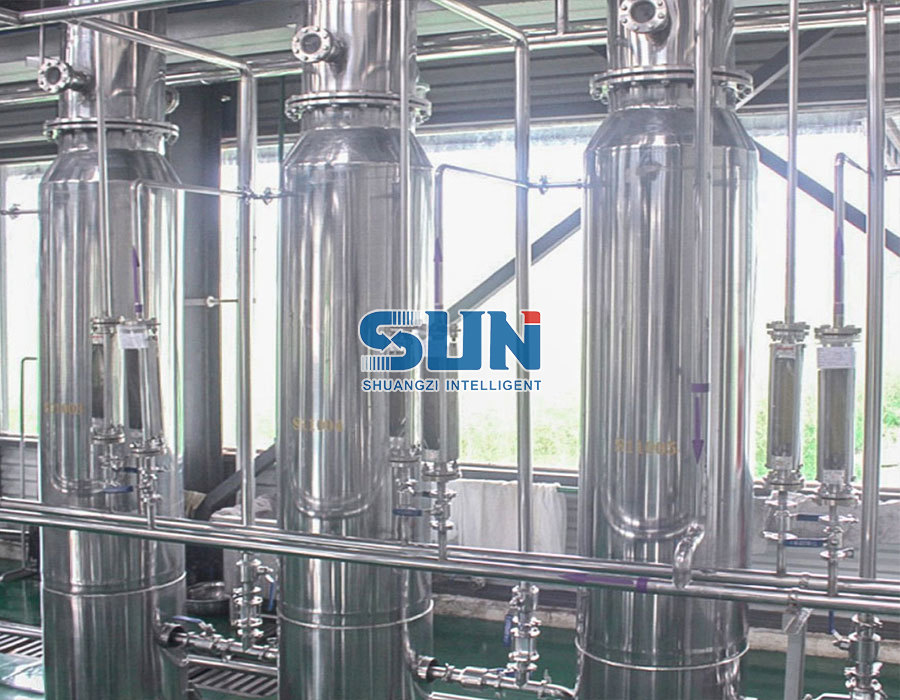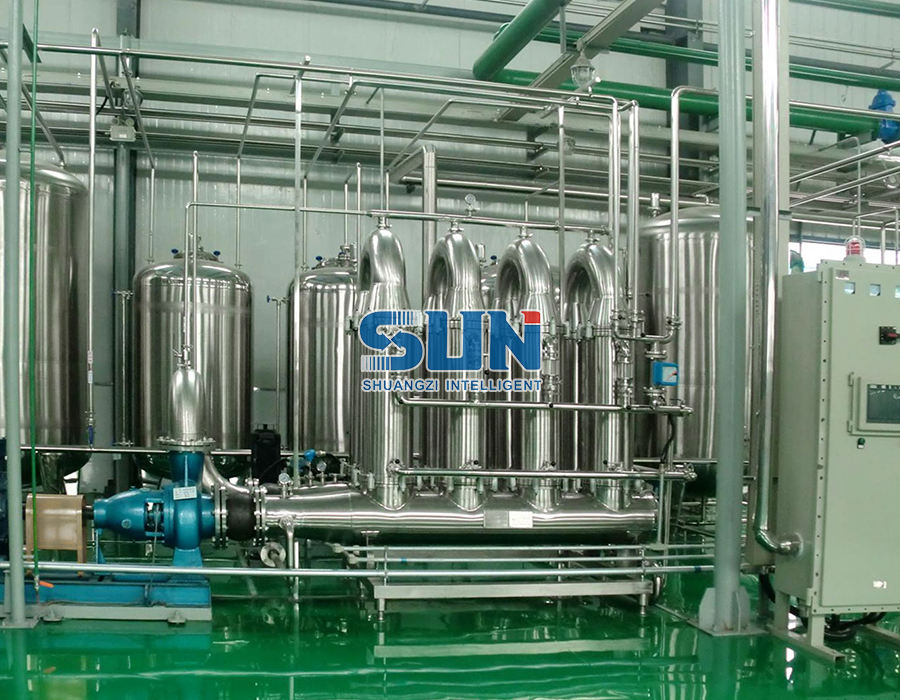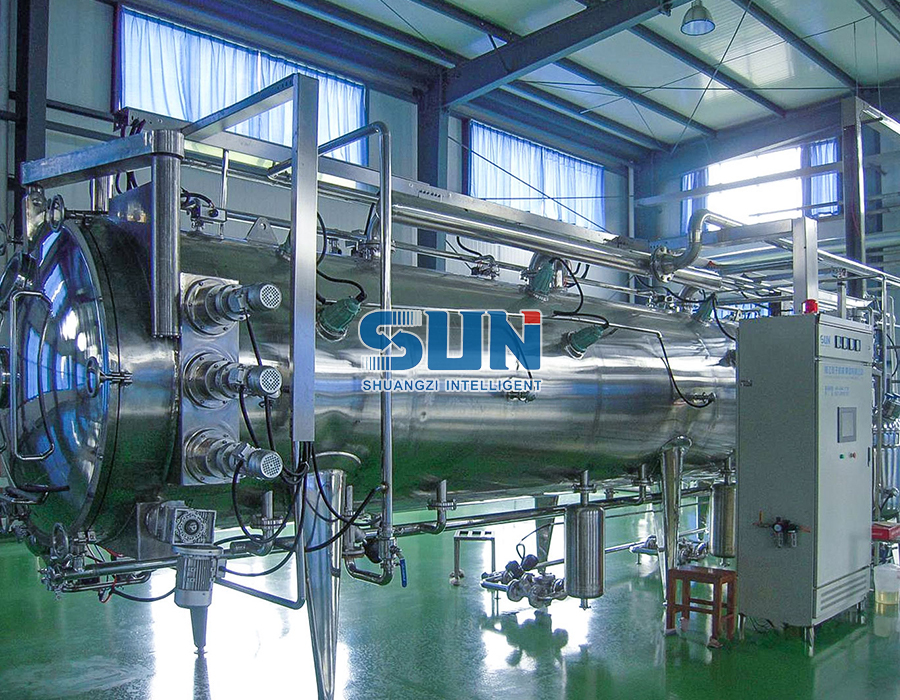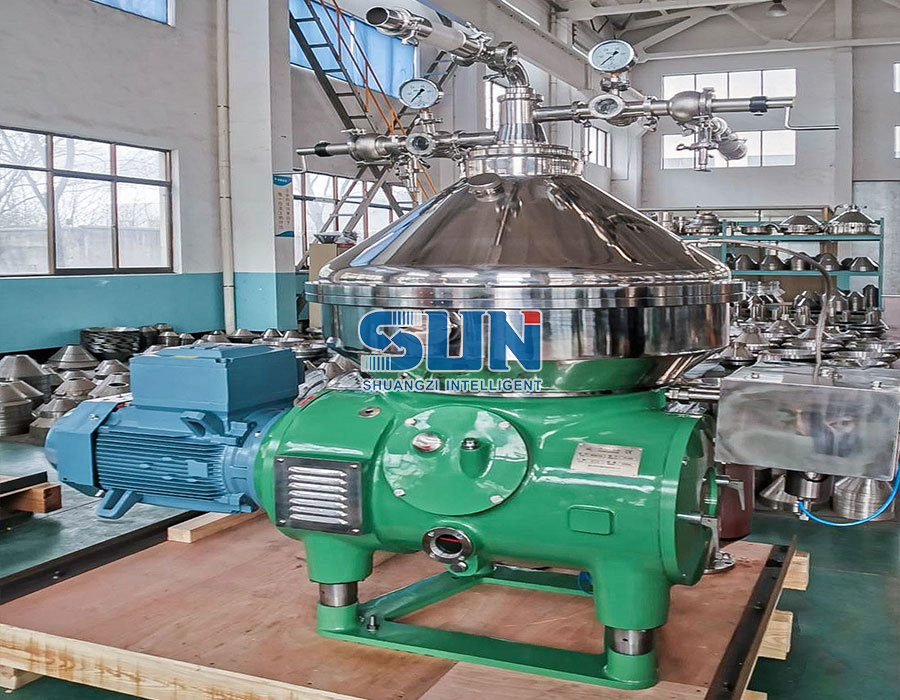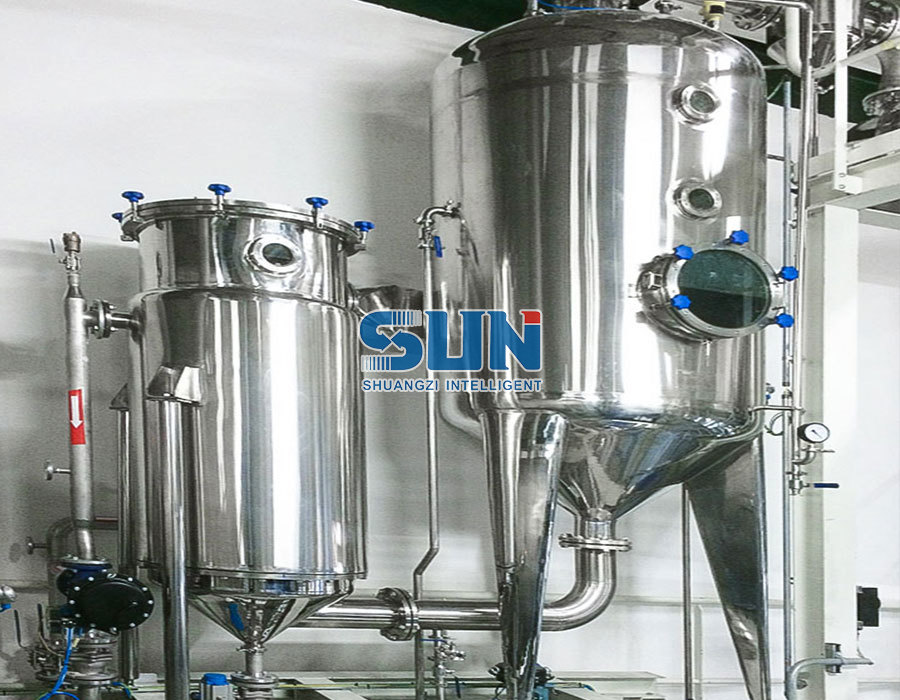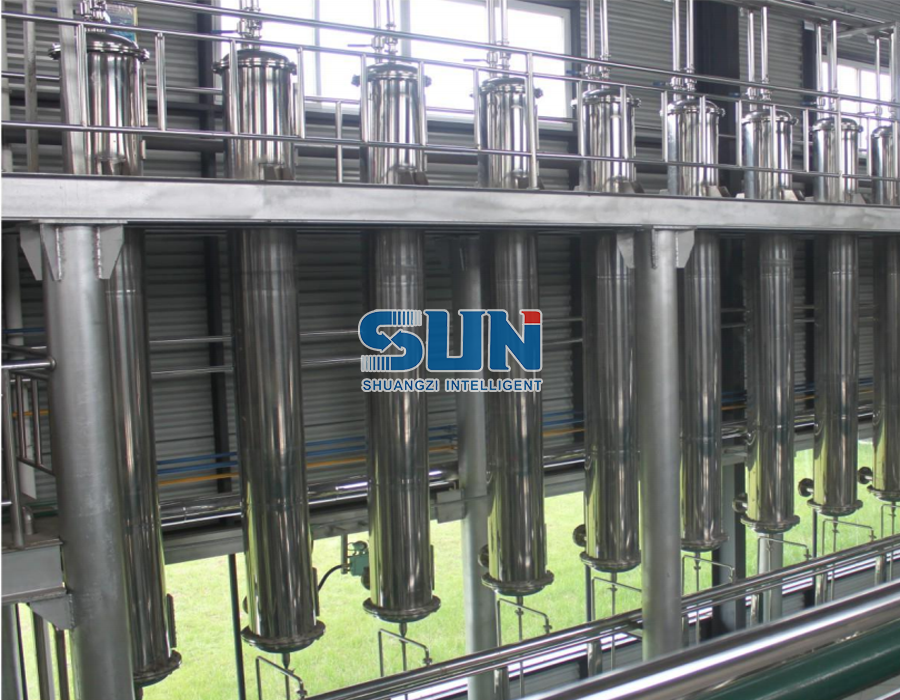Enhancing the efficiency of a falling film evaporator involves optimizing various aspects of its design, operation, and maintenance. By addressing factors that affect heat transfer, film formation, and system performance, you can improve the overall efficiency of the evaporator. Here are several strategies to consider:
Optimize Heat Transfer:
Ensure proper steam distribution and condensation on the outer surfaces of the evaporator tubes.
Maintain a clean heat transfer surface to prevent fouling or scaling, which can reduce heat transfer efficiency.
Control the temperature and pressure of the heating medium (steam or hot fluid) to maximize the temperature gradient between the heating medium and the liquid film.
Proper Liquid Distribution:
Implement an effective liquid distribution system to ensure uniform distribution of the liquid solution across the evaporator tubes. Uneven distribution can lead to uneven evaporation and reduced efficiency.
Film Stability:
Maintain a consistent and stable liquid film on the evaporator tubes. Proper flow rates and control mechanisms can help achieve this stability.
Maintain Proper Flow Conditions:
Adjust the flow rates of the liquid solution and heating medium to optimize the falling film thickness. Thinner films generally lead to better heat transfer and higher evaporation rates.
Operating Pressure:
Operate the evaporator under vacuum conditions if possible. Lowering the operating pressure lowers the boiling point of the liquid, allowing for gentler processing and reduced heat degradation of sensitive products.
Multiple-Effect Arrangement:
Consider using a multiple-effect falling film evaporator system, where the vapor from one evaporator is used as the heating medium for another. This significantly improves energy efficiency.
Insulation:
Insulate the evaporator to minimize heat loss, which can reduce the energy required to maintain the desired operating temperatures.
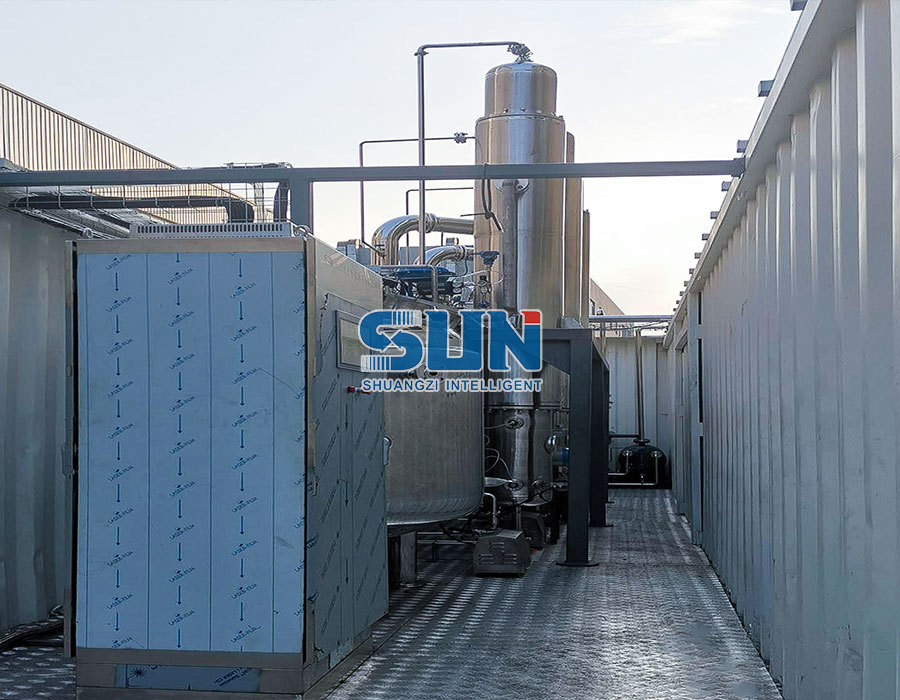

Monitoring and Control:
Implement advanced process control systems to continuously monitor and adjust operating parameters such as flow rates, temperatures, and pressures. This helps maintain optimal conditions for efficient operation.
Maintenance and Cleaning:
Regularly clean the evaporator tubes to prevent fouling and scaling, which can decrease heat transfer efficiency. Follow recommended maintenance procedures to keep the equipment in optimal condition.
Material Selection:
Choose appropriate materials for the evaporator tubes and other components to ensure compatibility with the liquid solution being processed. Corrosion-resistant materials can extend the lifespan of the equipment.


 英语
英语 俄语
俄语